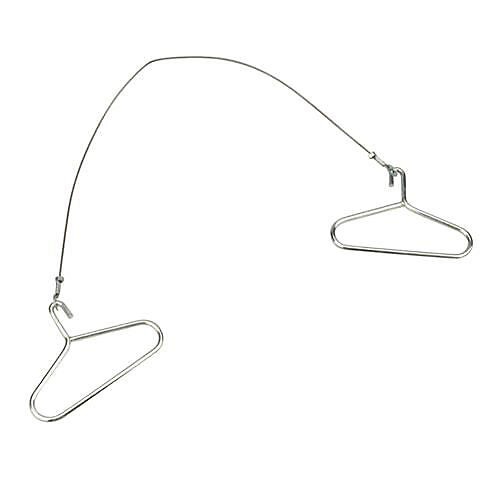Hi all
Am trying to fit a replacement bottom-entry flush valve in my toilet cistern - that's not the issue.
What IS the issue is that it's a close-coupled one (didn't even know what that meant before today!) and I have to get the cistern separated from the toilet bowl so i can unscrew the old valve assembly and replace it before reattaching the cistern to the bowl.
Here's the problem: the cistern is attached to the bowl by the 2 bolts/screws you can see circled red
in the photo BUT they are rusted solid plus the access, as you can see from the pics, is extremely limited. I have pulled away the rubber washers that were there originally, plus chewed away at the screw heads as best I can with pliers / claw hammer etc but the lack of access, plus the fear of cracking the ceramic cistern/bowl, means I'm currently stuffed. What to do?
HELP!
Mark


Am trying to fit a replacement bottom-entry flush valve in my toilet cistern - that's not the issue.
What IS the issue is that it's a close-coupled one (didn't even know what that meant before today!) and I have to get the cistern separated from the toilet bowl so i can unscrew the old valve assembly and replace it before reattaching the cistern to the bowl.
Here's the problem: the cistern is attached to the bowl by the 2 bolts/screws you can see circled red
in the photo BUT they are rusted solid plus the access, as you can see from the pics, is extremely limited. I have pulled away the rubber washers that were there originally, plus chewed away at the screw heads as best I can with pliers / claw hammer etc but the lack of access, plus the fear of cracking the ceramic cistern/bowl, means I'm currently stuffed. What to do?
HELP!
Mark







